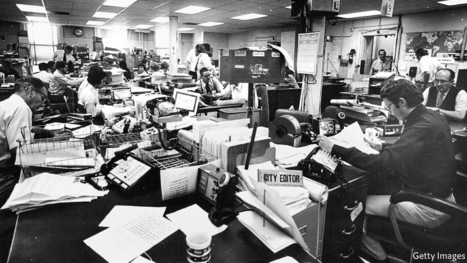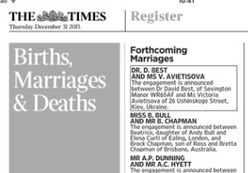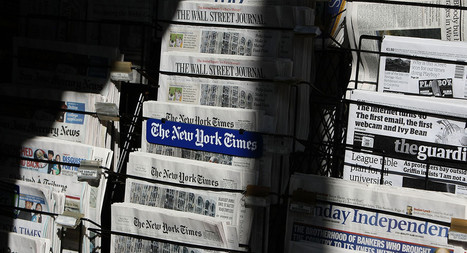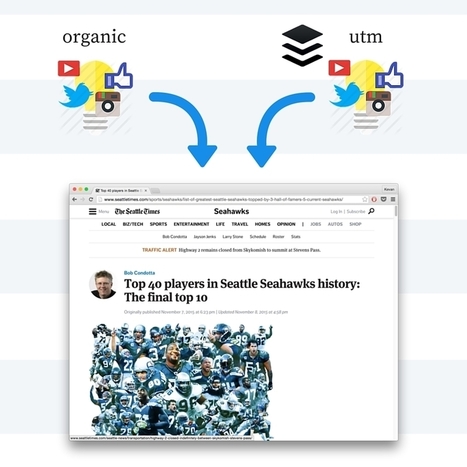Sometimes it feels like the 1970s in the New York Times and Washington Post newsrooms: reporters battling each other to break news about scandals that threaten to envelop the White House and the presidency of Donald Trump. Only now their scoops come not in the morning edition but in a tweet or iPhone alert near the end of the day.
It is like old times in another way: both newspapers are getting readers to pay, offsetting advertising revenue relinquished to the internet. After years of giving away scoops for nothing online, and cutting staff, the Times and Post are focusing on subscriptions—mostly digital ones—which now rake in more money than ads do.
Their experiences offer lessons for the industry in America, although only a handful of newspapers have a chance at matching their success. A subscription-first approach relies on tapping a national and international market of hundreds of millions of educated English-language readers and converting a fraction of those into paying customers. With enough digital subscribers—Mark Thompson, chief executive of the New York Times, believes his newspaper can get to 10m, from 2m today—the subscriptions-first model could (in theory) generate more profits than business models dependent on print advertising used to.
Research and publish the best content.
Get Started for FREE
Sign up with Facebook Sign up with X
I don't have a Facebook or a X account
Already have an account: Login
Social marketing, PR insight & thought leadership - from The PR Coach
Curated by
Jeff Domansky
 Your new post is loading... Your new post is loading...
 Your new post is loading... Your new post is loading...

rodrick rajive lal's curator insight,
January 2, 2016 6:58 AM
Old media still works, that is print media at least in the form of printed newspapers, billboards and hoardings, banners and leaflets. It might be surprising for many to know that information technology has yet to reach millions of people in rural areas, and many developing countries. The old world charm of seeing a marriage announcement in a newspaper beats anything that appears on electronic media. In many cases, the hard copy of a document is better than the soft copy! |
|

















Are newspapers on the way to a comeback with digital subscriptions?